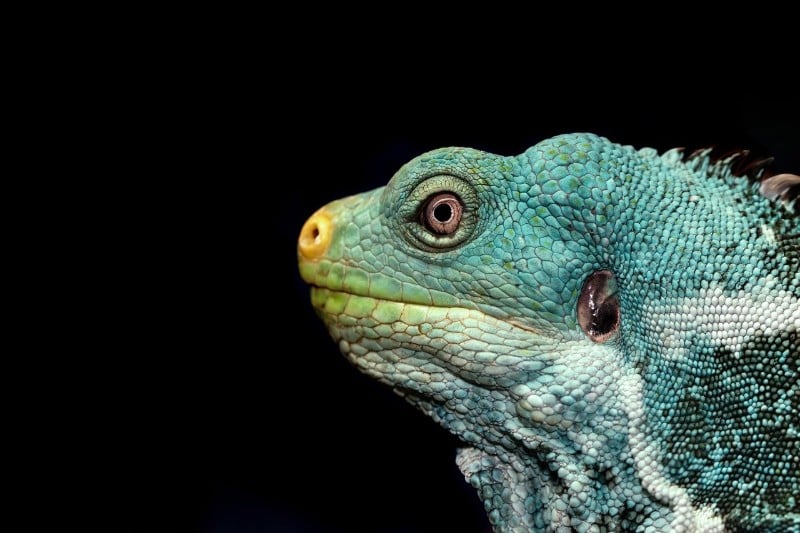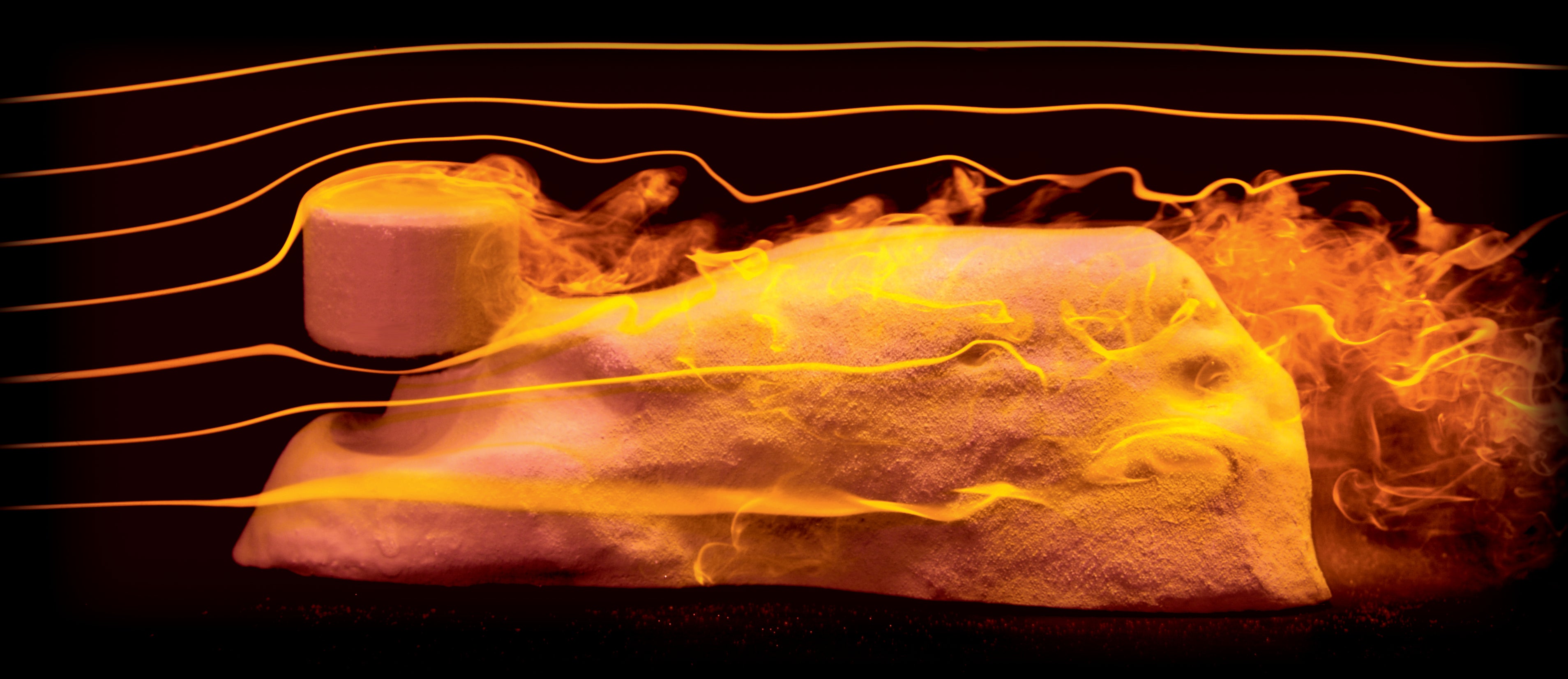Stanleycaris hirpex, which lived in the Cambrian period, had two protruding eyes on the side of its head and a larger eye in the centre
Life
8 July 2022
A reconstruction of Stanleycaris hirpex Sabrina Cappelli © Royal Ontario Museum
A three-eyed animal with wing-like fins once swam through shallow seas, using heightened visual perception to hunt smaller sea animals.
Stanleycaris hirpex lived in the Cambrian Period about 500 million years ago, not long after the first eyes appeared in the fossil record. It is the first animal with three eyes known among the arthropods, the group containing insects, arachnids and crustaceans, but the researchers who described it think there may be others in which a third eye has been overlooked.
S. hirpex was roughly the size of a human hand and had two protruding eyes with hundreds of lenses on each side of its head, plus a third, much larger eye in the middle.
Living among finger-sized animals, it probably used its advanced visual system to chase down fast-moving prey, says Joseph Moysiuk at the University of Toronto in Canada.
“It kind of jives that when we see the evolution of the first predators, we also see the evolution of these complex sensory systems where we have different eyes, maybe performing different tasks for the organism,” he says.
Moysiuk and his colleagues recently investigated hundreds of exceptionally well-preserved fossils of S. hirpex unearthed from the Cambrian Burgess Shale in the Canadian Rockies of British Columbia.
Many of their 268 specimens even had their soft tissue intact, including brains, nerves and reflective materials in their visual systems. “When you split one of these rocks in the field, you can see their eyes gleaming – after 506 million years – in the sunlight. So it was pretty clear from when we first started looking at the organism that it had three eyes,” says Moysiuk.
The animals had 17 body segments, two pairs of stiff blades along the lower third of its body and spiked claws that could probably rake prey right into its toothed jaws. “This was a pretty ferocious animal,” he says.
Moysiuk thinks a large middle eye combined with two lateral eyes might have been the common form for early invertebrates, before evolving towards two or more paired eyes in later species. For example, the 520-million-year-old Lyrarapax, which was from the same group of early arthropods called radiodonts, had a similar structure on its forehead that might have been an eye.
The new finding adds to the generally bizarre physical profile of radiodonts, says Moysiuk. Radiodonts often had a pair of eyes protruding off stalks and long, strangely shaped appendages.
Journal reference: Current Biology , DOI: 10.1016/j.cub.2022.06.027
More on these topics:


























































